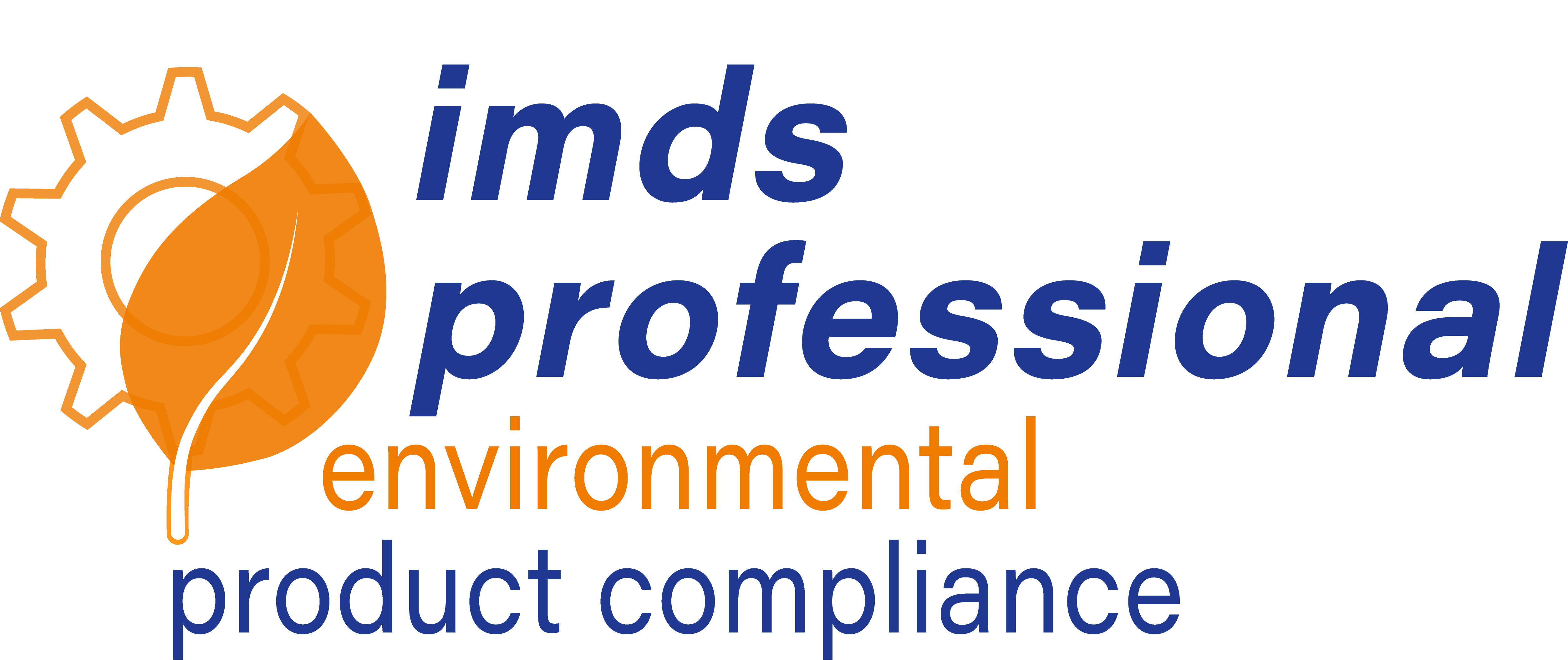PFAS
Information and services on PFAS
PFAS - the forever chemicals
PFAS or “ forever chemicals” – depending on the definition, this includes 4,000 to 10,000 perfluorinated and polyfluorinated alkyl substances. These are found in numerous everyday products, such as outdoor clothing, pans, car seats, paper coatings, cosmetic products and surface treatment agents for metals and plastics. The problem is that they break down extremely slowly in the environment, enter the human body and can cause damage, such as liver damage, kidney cancer and increased cholesterol.
PFAS are currently under scrutiny in many countries and are to be regulated or even banned completely. You can find the latest information regularly in our e-Zine ipJournal.
While many scientists and environmentalists welcome the step, there are experts who warn against “scaremongering” and the industry advocates a separate consideration of the substances and their areas of application instead of a blanket ban. This is because the toxicological effect has not been proven for all of them and there are often no alternatives or the potential harm must be compared with the benefits of the substances.
To date, only the manufacture and placing on the market of individual substances such as PFOA (perfluorooctanoic acid, C8) and, since February 25, 2023, perfluorinated carboxylic acids with nine to fourteen carbon atoms (PFNA, PFDA, PFUnDA, PFDoDA, PFTrDA, PFTeDA) have been restricted throughout the EU.
On January 13, 2023, Denmark, Germany, the Netherlands, Norway and Sweden submitted a proposal to the ECHA to ban these PFAS completely in the EU. Their aim is to reduce PFAS emissions into the environment and make products and processes safer for people. Following a six-month consultation phase, the ECHA’s assessment began at the end of September 2023. There could be possible restrictions from 2025. However, there will probably be transitional periods of between 18 months and 12 years.
In November 2024, the European Chemicals Agency (ECHA) published an update: the more than 5,600 scientific and technical comments from interested third parties received during the six-month consultation phase have been and will be evaluated. The Committees for Risk Assessment (RAC) and for Socio-Economic Analysis (SEAC) are involved and intend to draw up an opinion in the course of 2025. This will be followed by another consultation phase.
You can read more about this in our ipJournal.
In October 2021, the US Environmental Protection Agency (EPA) announced a PFAS roadmap as part of the TSCA chemicals legislation. Various measures are to be taken to minimize PFAS contamination of the environment. The aim is to protect public health, preserve the environment and hold polluters accountable.
Companies that manufacture PFAS or products containing PFAS in the USA or import them there must report them retroactively to 2011. The reporting obligation starts in July 2025 and must be completed by January 2026. Information must be reported on chemical identity, intended uses, quantities produced and processed, by-products, environmental and health effects, worker exposure and disposal.
Water quality criteria and guidance values for 10 PFAS were published in September 2024. These can be used to develop water quality standards in the federal states.
The very first national, legally enforceable drinking water standard has been in force since April 2024. This is intended to reduce PFAS pollution and protect the population.
There are also updated provisional guidelines for the destruction and disposal of materials containing PFAS.
In July 2024, the Canadian government proposed to include the class of PFAS, with the exception of fluoropolymers, in the Canadian Environmental Protection Act, 1999 (CEPA).
Proposed control measures are:
- A regulatory approach to restrict PFAS in firefighting foams
- Additional regulatory approaches to ban other uses of PFAS
- Products containing PFAS should be labeled
- Encouraging and enabling industry to voluntarily phase out PFAS
The manufacture, use, sale, offering for sale or import of the following PFAS have already been banned, with some exceptions:
- Perfluorooctanoic acid (PFOA), its salts and precursors
- Perfluorooctane sulfonate (PFOS), its salts and precursors
- Long-chain perfluorocarboxylic acids (LC-PFCAs), their salts and precursors
In addition, a target was published in 2024 for Canadian drinking water quality with regard to perfluoroalkyl and polyfluoroalkyl substances. A target value of 30 ng/L (for the sum of 25 specific PFAS) was set.
In California, the Safe Drinking Water and Toxic Enforcement Act of 1986, also known as Proposition 65, regulates how hazardous substances are to be handled. Six types of PFAS (namely PFOA, PFOS, PFDA, PFHxS, PFNA and PFUnDA) are already on the list of hazardous chemicals.
| ECHA and five European countries publish progress report on PFAS restriction | Link |
| Strategic roadmap for PFAS: The EPA’s commitments to act 2021-2024 | Link |
| Final PFAS regulation for national primary drinking water (USA) | Link |
| EPA delays the start of the reporting period for the rule requiring PFAS data submission | Link |
| USA takes action against PFAS in drinking water (ZDF video report) | Link |
| Per- and polyfluoroalkyl substances (PFAS) and your health (Canada) | Link |
| Objective for Canadian drinking water quality – per- and polyfluoroalkyl substances | Link |
| Website of the Californian water associations on per- and polyfluoroalkyl substances (PFAS) | Link |
| PFAS DDW General Orders (California) | Link |
| Proposition 65 – List of hazardous chemicals | Link |

PFAS-related services
Would you like to know whether your products contain PFAS? Do you need support in reporting them? Make an appointment now for a free 15-minute solution check!
PFAS training courses
Are you looking for a suitable training course? At our ipCampus you will find training courses worldwide and in many languages.
